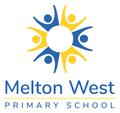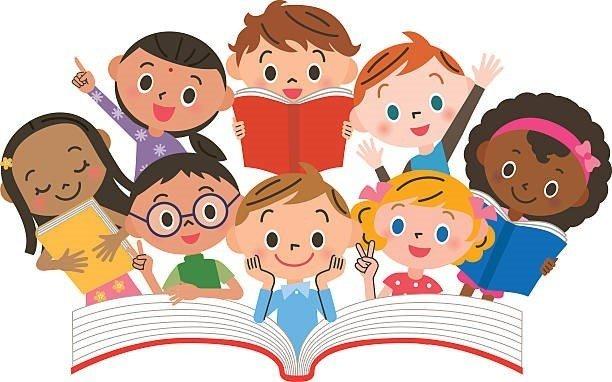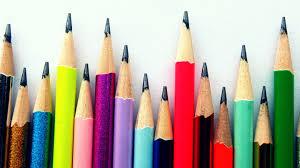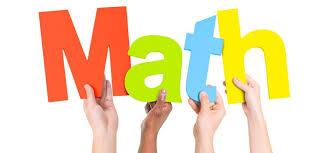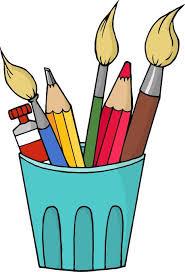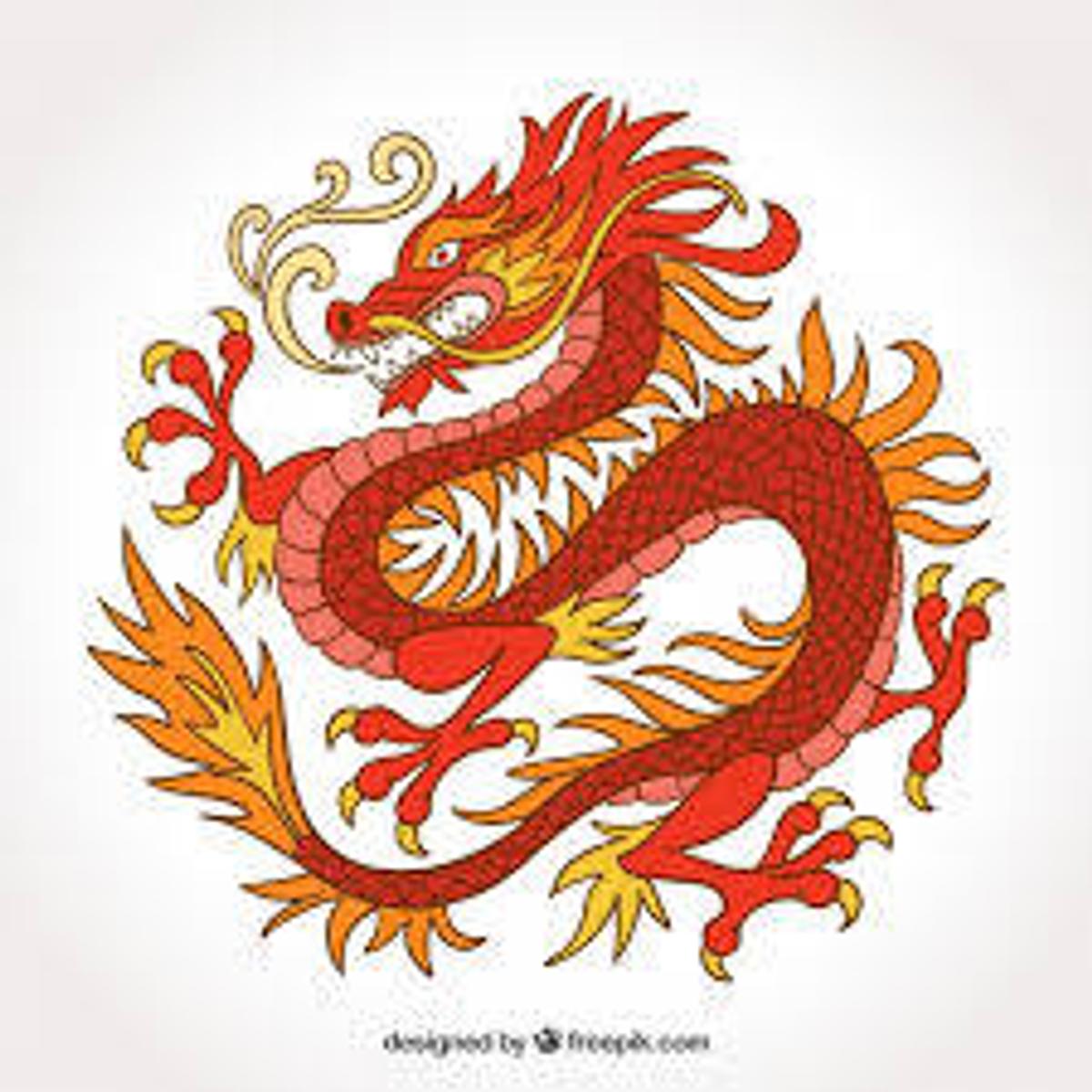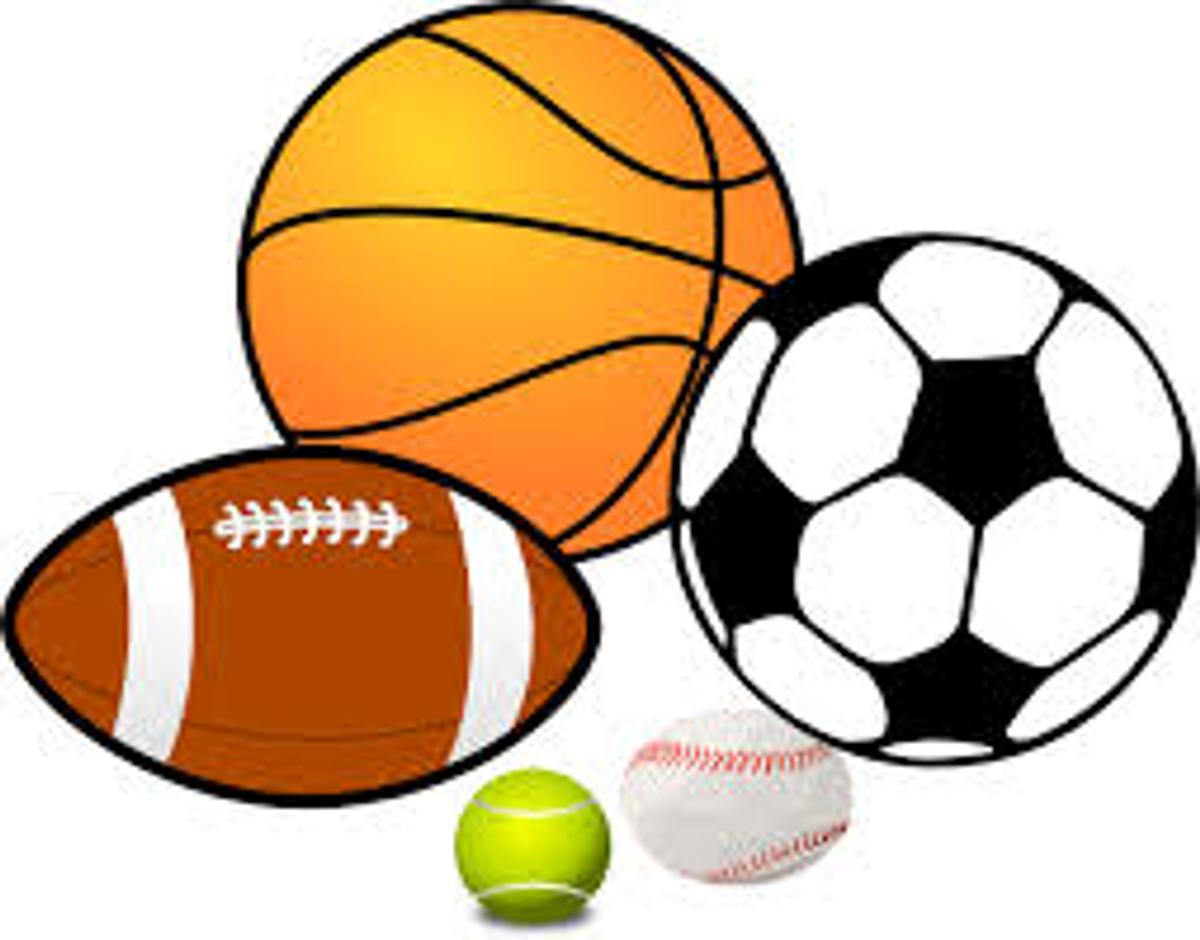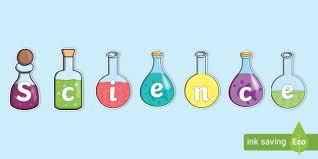Year 4 CurriculumNews
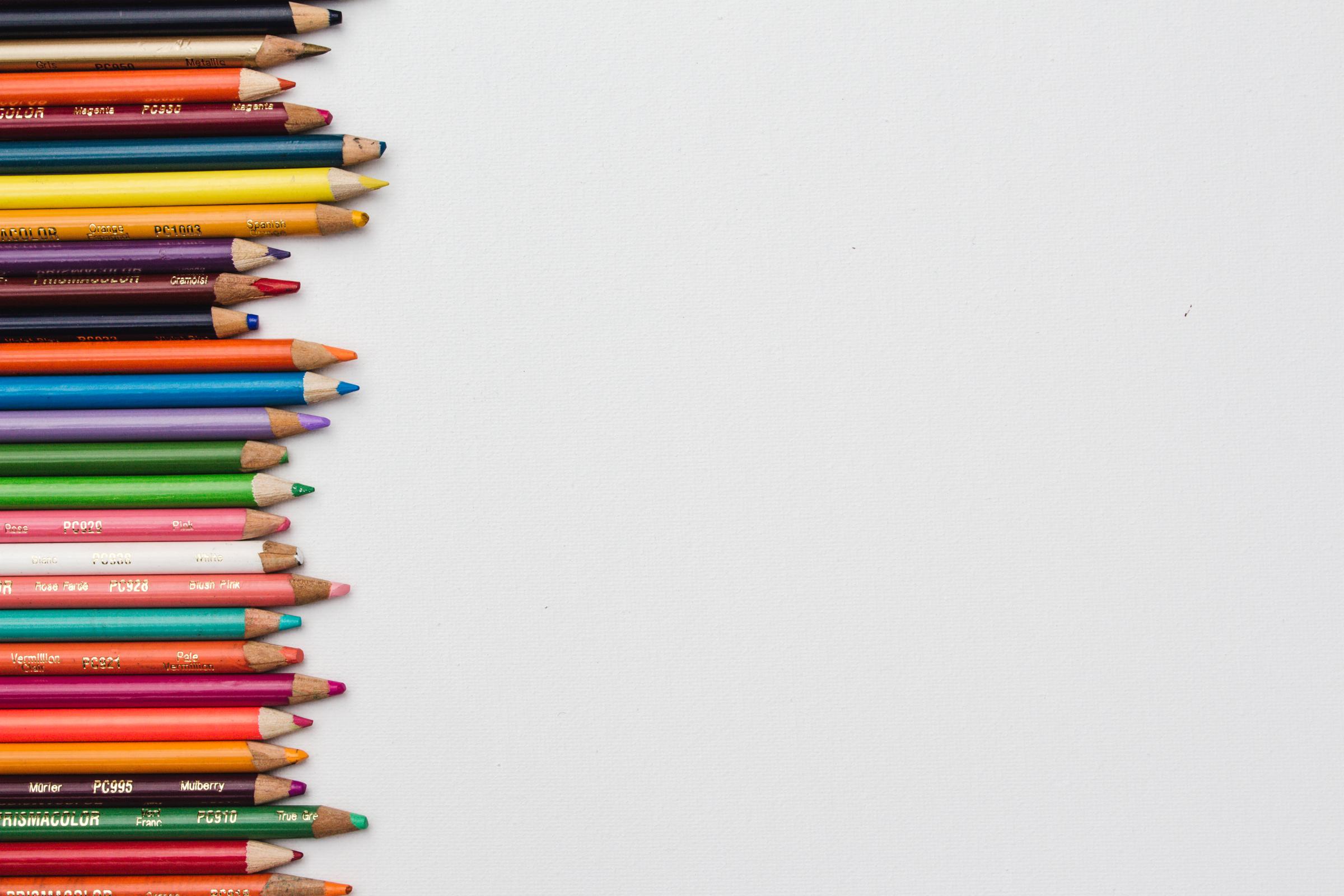
The Grade 4 teachers are so excited to see all of the students back in the classroom and to support them in building on the fantastic work they have been completing during the remote learning process.
Reading
In term 4, students are participating in an author study. We will be looking at the literary works of Margaret Wild. We will be learning to analyse and comment on how illustrations add to the reader's understanding of the characters, the actions, and the feeling or mood of the story. As a class, we will study how an author hooks their audience into a text through their choice of vocabulary, the building of suspense and how they describe the characters. Students will be able to use textual evidence to identify character attributes and motives as well as character changes throughout a text. Students will be encouraged to build their ability to share their opinions in a constructive way about the believability of plot, characters, actions or the resolution of a problem within someone else’s work.Then we will focus on a range of nonfiction texts to discuss the similarities and differences between texts on similar topics, comparing how textual features such as headings, subheadings, bold type and graphic organisers are used to order and present information.
Writing
In writing, the students will begin the term focusing on Narrative writing. They will develop their skills to independently plan, draft & publish a narrative text that includes an orientation, problem, events and solution using a range of graphic organisers. Then we will begin to develop their storylines using language to convey setting, characters, points of drama in the plot (problem and solution) and students will group and organise these ideas into paragraphs.
We will have a clear focus on using verbs that reveal what was said, felt or thought and using imaginative adjectives to create images in the readers mind. Students will then complete the term creating information reports where they will be able to demonstrate their learning and understanding by researching and creating a report on a topic of their choice.
Inquiry
In term 4, we are starting a unit called “Roam If You Want Too”. This unit has a focus on Australian history. Students will be investigating why the great journeys of exploration occurred, why the Europeans settled in Australia and the nature and consequence of contact between Aboriginal and Torres Strait Islander peoples and early traders, explorers and settlers. They will gain the understanding that European settlement had a major and lasting impact on the lives of the indigenous people of Australia.
Mathematics
In term 4, we will begin the term with a focus on 3D shape and volume where students will be able to recognise 2D shapes that are the faces for 3D objects e.g. prisms, pyramids, cubes and explain the similarities and differences between the properties of 2D and 3D shapes. They will learn which metric units for volume are appropriate for larger and smaller amounts and use metric units to estimate and measure volume using the most efficient tools.
We will then spend a week recapping and building on the learning students completed in term 1 on time before moving into a unit on fractions and decimals where the students will learn to model, represent and label fractions while understanding the relationship between equivalent fractions in everyday life and recognising and modelling fractions of a whole and of collections. Students will finish the term with patterns and algebra, capacity and place value to make sure they are ready to move into year 5.
Art
I am very excited to finally be working with the grade 3-4 Students in Art again for Term 4. We will be incorporating some fun activities for the students to get their creative juices flowing, starting with revising the lines skills used in Bubble writing. The grade 3 and 4 students will then revise the design principles covered throughout the year, such as lines, pattern and shape, and build on what they have learnt during remote learning and apply to new design ideas such as ‘Movement’. The students will learn the new concept of ‘Art and Movement’, and learn to create a sense of rhythm and repetition in their designs. Next the students will explore the element of 3D ‘Form’ and they will create 3D designs, using air dried clay and towards the end of the term, the students will be making crafty and creative designs to decorate for the holidays. I am really looking forward to a fun and creative time, onsite with the grade 3-4 students this term.
Chinese
Welcome back to a new term onsite at school! During term 4, grade threes and fours will be learning some reviewed topics and vocabulary, such as greetings and names for family members, to reinforce their learning. They will also expand their knowledge with new topics and phrases such as sports and action words. They will be learning communication skills such as self-introductions and introducing their family members. They will also learn about a Chinese holidays such as the Mid-Autumn Festival.
Physical Education
Welcome back athletes! I hope you have been active and enjoying the sun! We will start off the term by going over team building activities, because it is important to work together! ‘The Dream work makes the team work!’ I am excited to announce that this term, we will be creating our own Melton West Olympics! Students will form groups and they will select a country to represent. From there, we will train for each event – as athletes. Finally, each country will compete. Winners will be announced at assembly! We are hoping to end the term with Bike Ed – getting confident with our abilities to ride safely.
Ready? Because I am! LET’S GO!
Science
Welcome back to school Scientists! This term with face to face learning we will be focusing on Chemistry. Chemical science is the study of the elements ( a pure substance made up of only one atom e.g. gold, oxygen hydrogen, iron silver), the compounds they form ( a chemical whose molecules contain more than one element. Compounds are made when elements join together in a chemical reaction e.g. water – water is a compound made up of two elements, hydrogen and oxygen) and the reactions they undergo. Students will explore physical changes such as changes of state and dissolving and investigate how chemical reactions result in the production of new substances. Students will recognise that all substances consist of atoms which can combine to form molecules, and chemical reactions involve atoms being rearranged and recombined to form new substances. They will explore the relationship between the way in which atoms are arranged and the properties of substances.
